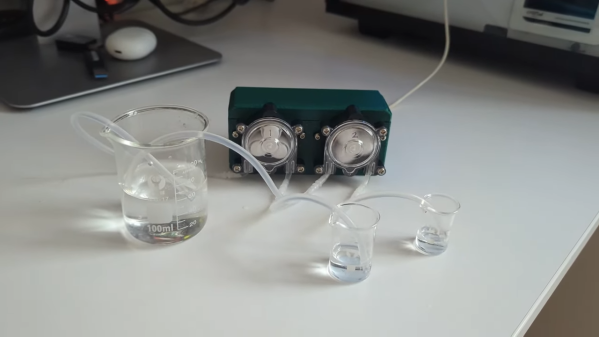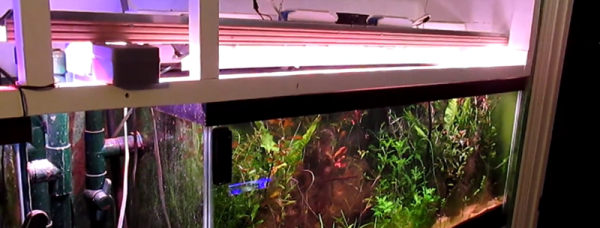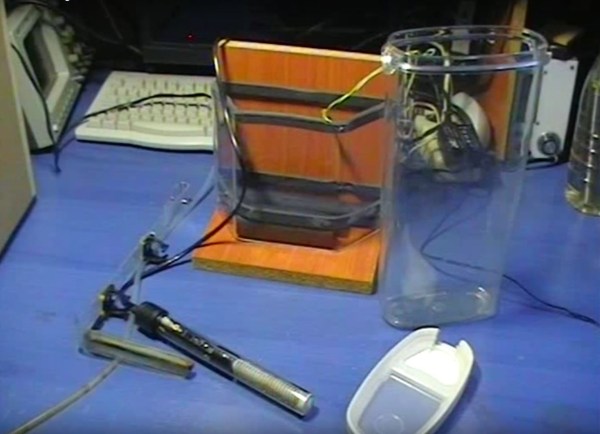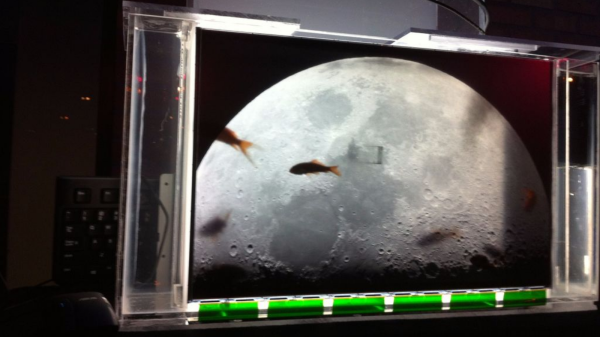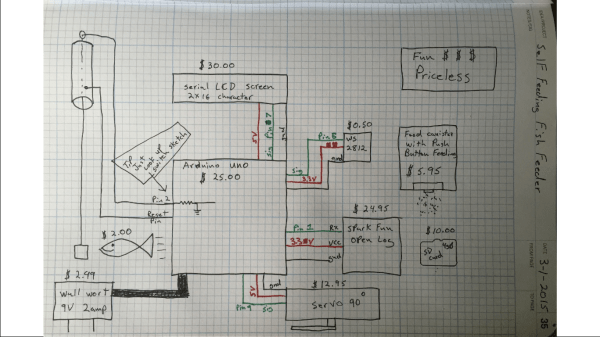[Noisy Electrons] is a maker who also likes to keep fish. He sometimes needs to travel and keep his fish fed in the meantime, so he created an automated solution to handle that for him.
The build is based around an STM32 microcontroller, paired with a MCP7940N real-time clock to keep time. The microcontroller is hooked up to a few buttons and a small display to serve as an interface, allowing the feeding times and dosage amounts to be configured right on the device. Food is distributed from a 3D printed drum with a hole in it, which is rotated via a stepper motor. Each time the drum rotates, some food falls through the hole and into the tank. Dosage amount is measured in rotations — the more times the drum rotates, the more food is delivered to the fish.
[Noisy Electron] built three of these devices for three separate tanks. Thus far, it’s been three weeks and all the fish are still alive, so we’ll take that as a vote of confidence in the build. We’ve featured some other great pet feeders over the years, too Continue reading “Automatic Feeder Keeps Fish Sated”


